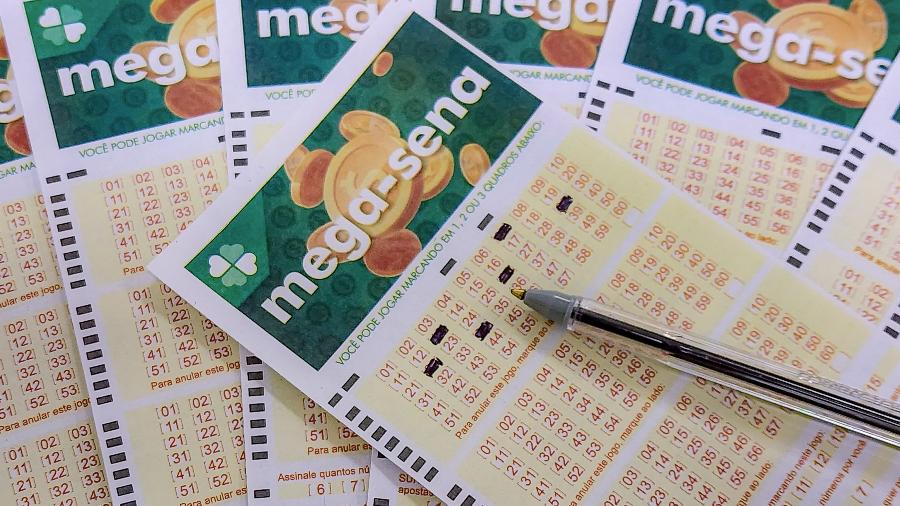Ipespe: Marília lidera disputa em Pernambuco e quatro empatam no 2º lugar

A deputada federal Marília Arraes (Solidariedade) lidera a disputa para o governo de Pernambuco. A ex-petista tem 31% das intenções de voto, segundo a pesquisa Ipespe realizada pessoalmente, contratada pelo jornal Folha de Pernambuco e divulgada hoje.
No segundo lugar há um empate técnico entre outros quatro candidatos. Raquel Lyra (PSDB) aparece com 13%, Anderson Ferreira (PL) tem 12%, Danilo Cabral (PSB) tem 11% e Miguel Coelho (União Brasil), 10%. A margem de erro é de 3,2 pontos percentuais para mais ou para menos.
A Folha de Pernambuco não divulgou nenhum cenário de segundo turno, nem de pesquisa espontânea.
O instituto tinha feito um levantamento para o governo de Pernambuco que foi divulgado no início de julho deste ano. Naquela ocasião, Marília Arraes também aparecia à frente, com 29%, e o segundo lugar tinha os mesmos quatro candidatos empatados. No entanto, não é possível comparar as pesquisas, porque existe diferença nos nomes incluídos nos levantamentos.
O Ipespe ouviu pessoalmente mil eleitores pernambucanos entre os dias 10 e 12 de agosto. O intervalo de confiança é de 95,45% e o levantamento está registrado no TSE com o número BR-04466/2022. O custo do levantamento foi de R$ 50 mil.
Veja o cenário testado para o 1° turno:
- Marília Arraes (Solidariedade): 31%
- Raquel Lyra (PSDB): 13%
- Anderson Ferreira (PL): 12%
- Danilo Cabral (PSB): 11%
- Miguel Coelho (União Brasil): 10%
- Wellington Carneiro (PTB): 1%
- João Arnaldo (PSOL): 0%
- Esteves Jacinto (PRTB): 0%
- Jadilson Bombeiro (PMB): 0%
- Jones Manoel (PCB): 0%
- Claudia Ribeiro (PSTU): 0%
- Ubiracy Olímpio (PCO): 0%
- Nenhum/branco/nulo: 12%
- Não sabe ou não respondeu: 10%















ID: {{comments.info.id}}
URL: {{comments.info.url}}
Ocorreu um erro ao carregar os comentários.
Por favor, tente novamente mais tarde.
{{comments.total}} Comentário
{{comments.total}} Comentários
Seja o primeiro a comentar
Essa discussão está encerrada
Não é possivel enviar novos comentários.
Essa área é exclusiva para você, , ler e comentar.
Só s do UOL podem comentar
Ainda não é ? Assine já.
Se você já é do UOL, faça seu .
O autor da mensagem, e não o UOL, é o responsável pelo comentário. Reserve um tempo para ler as Regras de Uso para comentários.